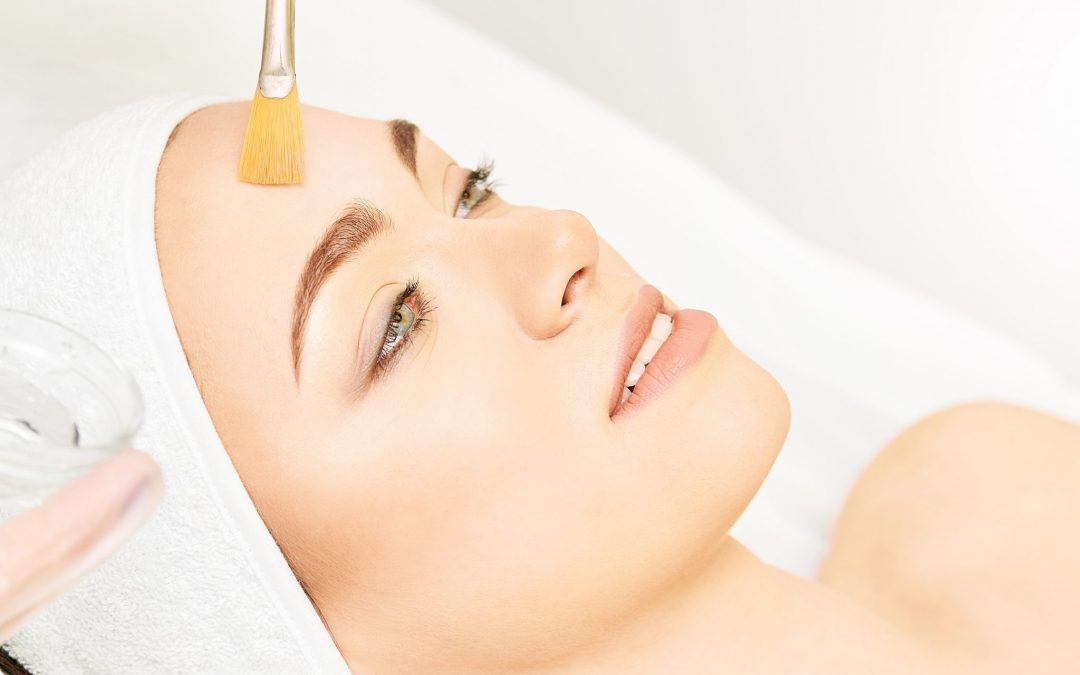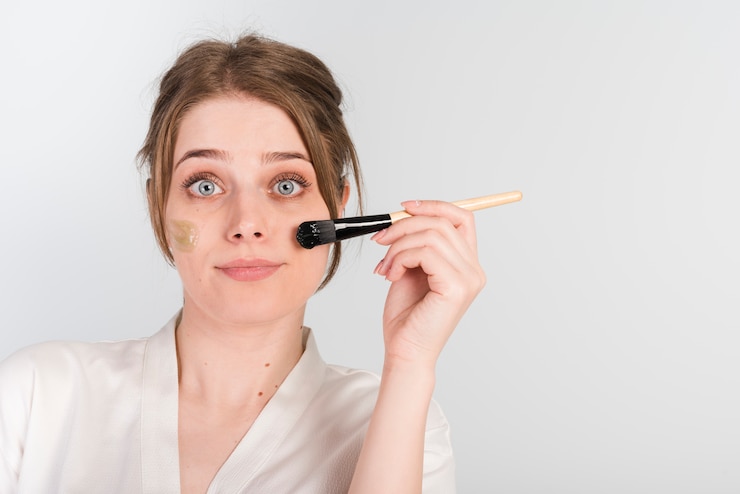PCA Peels have become a popular choice for individuals seeking effective skin renewal treatments. These peels utilize a blend of ingredients to exfoliate, rejuvenate, and improve the overall appearance of the skin. Understanding how PCA Peels work can help demystify the process and empower individuals to make informed decisions about their skincare. Here’s a step-by-step overview of how PCA Peel Treatment in Dubai work, from preparation to post-treatment care.
Step 1: Initial Consultation
Before undergoing a PCA Peel, an initial consultation with a licensed skincare professional is essential. During this appointment, the practitioner will assess your skin type, discuss your skincare goals, and determine if a PCA Peel is appropriate for you. They will take into account your medical history, skin concerns (such as acne, hyperpigmentation, or aging), and any previous treatments you may have undergone.
Step 2: Skin Preparation
Once you've decided to proceed with the PCA Peel, your skin will need to be prepared for treatment. This preparation typically involves cleansing the skin thoroughly to remove any makeup, oil, or impurities. The practitioner may also recommend a pre-peel skincare regimen that includes gentle exfoliation and specific products to enhance the effectiveness of the peel. This step ensures that the peel can penetrate the skin effectively and yield optimal results.

Step 3: Application of the Peel
After preparing the skin, the PCA Peel solution is carefully applied. PCA Peels come in various formulations, often containing a combination of alpha hydroxy acids (AHAs), beta hydroxy acids (BHAs), and other active ingredients designed to exfoliate and rejuvenate the skin. The practitioner will apply the peel evenly across the face or targeted areas, ensuring that it covers the skin thoroughly.
Step 4: Activation Time
Once the peel has been applied, it needs time to activate. The length of this activation period varies depending on the type of peel being used and the specific goals of the treatment. Typically, the peel will remain on the skin for about 5 to 15 minutes, during which you may feel a tingling or slight burning sensation. This is a normal response as the acids work to exfoliate the outer layers of the skin.
Step 5: Neutralization and Removal
After the activation time is complete, the practitioner will neutralize the peel if necessary and remove it from your skin. This step is crucial to stop the chemical process and minimize the risk of irritation. The practitioner will use a gentle solution or a damp cloth to wipe away the peel, ensuring that all residues are removed.
Step 6: Post-Peel Treatment
Following the removal of the PCA Peel, the practitioner may apply a soothing serum or moisturizer to help calm the skin and replenish hydration. This post-peel treatment can enhance comfort and provide additional benefits to the skin. Depending on the specific products used, this step may also contribute to long-term results by further promoting skin healing and renewal.
Step 7: Home Care and Recovery
After the PCA Peel, it’s crucial to follow a proper home care regimen to ensure optimal healing and results. Your skincare professional will provide specific instructions, which may include:
- Avoiding sun exposure: Protecting your skin from UV rays is vital, as the peel may make your skin more sensitive to sunlight. Wearing broad-spectrum sunscreen with a high SPF is recommended.
- Gentle cleansing: Use a mild cleanser for the first few days after the peel to avoid irritation.
- Hydration: Keep your skin well-moisturized to support the healing process.
- Avoiding harsh products: Steer clear of exfoliants, retinoids, and other aggressive skincare products for at least a week post-treatment.
Step 8: Observing Results
As your skin heals, you will begin to notice improvements in texture, tone, and overall appearance. The results of a PCA Peel can continue to develop over several days as dead skin cells shed and new, healthy skin emerges. Depending on the depth of the peel and your individual skin concerns, multiple sessions may be recommended for optimal results.
Conclusion
PCA Peels are an effective treatment for achieving smoother, healthier skin through a well-defined process. From the initial consultation and skin preparation to the application and post-peel care, each step plays a crucial role in ensuring successful outcomes. By understanding how PCA Peels work, individuals can feel more confident in their choice to enhance their skincare routine and achieve their desired results.
If you are considering a PCA Peel, consult with a qualified skincare professional to discuss your options, expectations, and any concerns you may have. With proper care and treatment, PCA Peels can be a transformative addition to your skincare regimen, promoting radiant and revitalized skin.





Comments